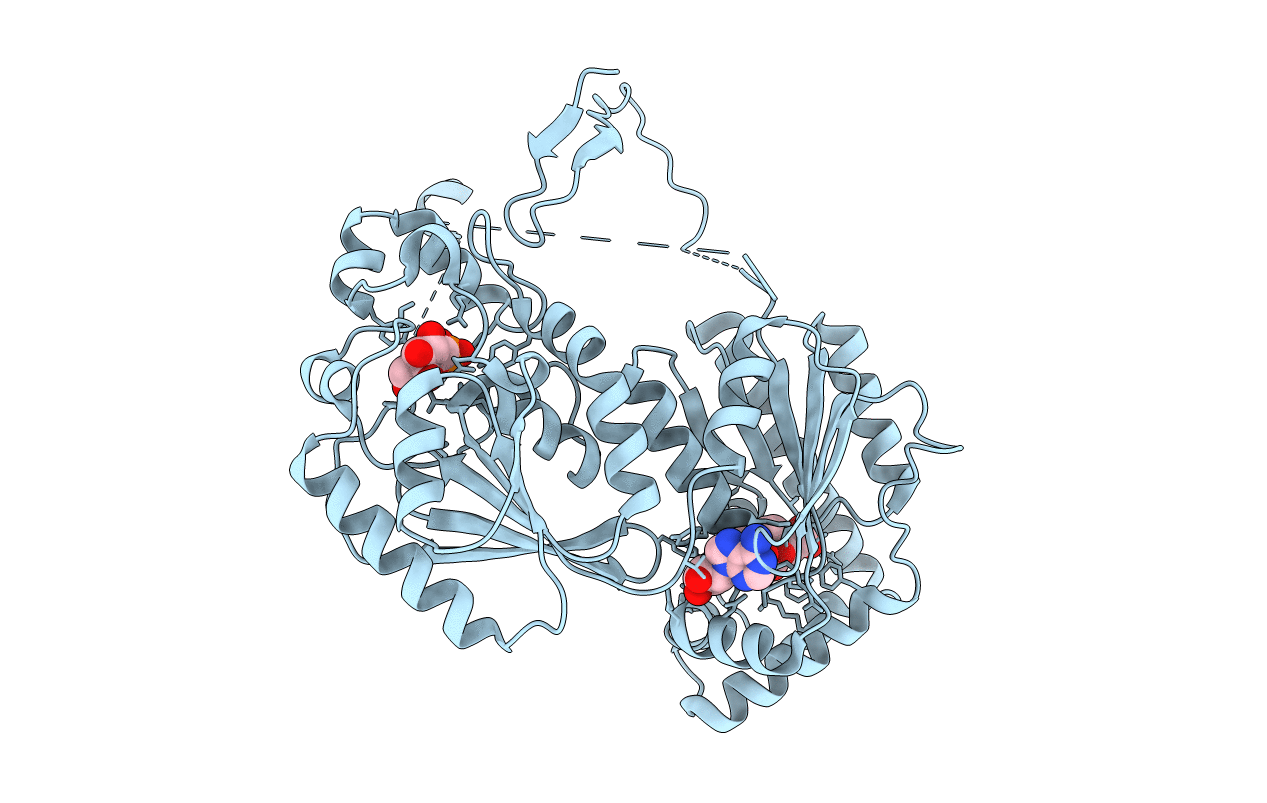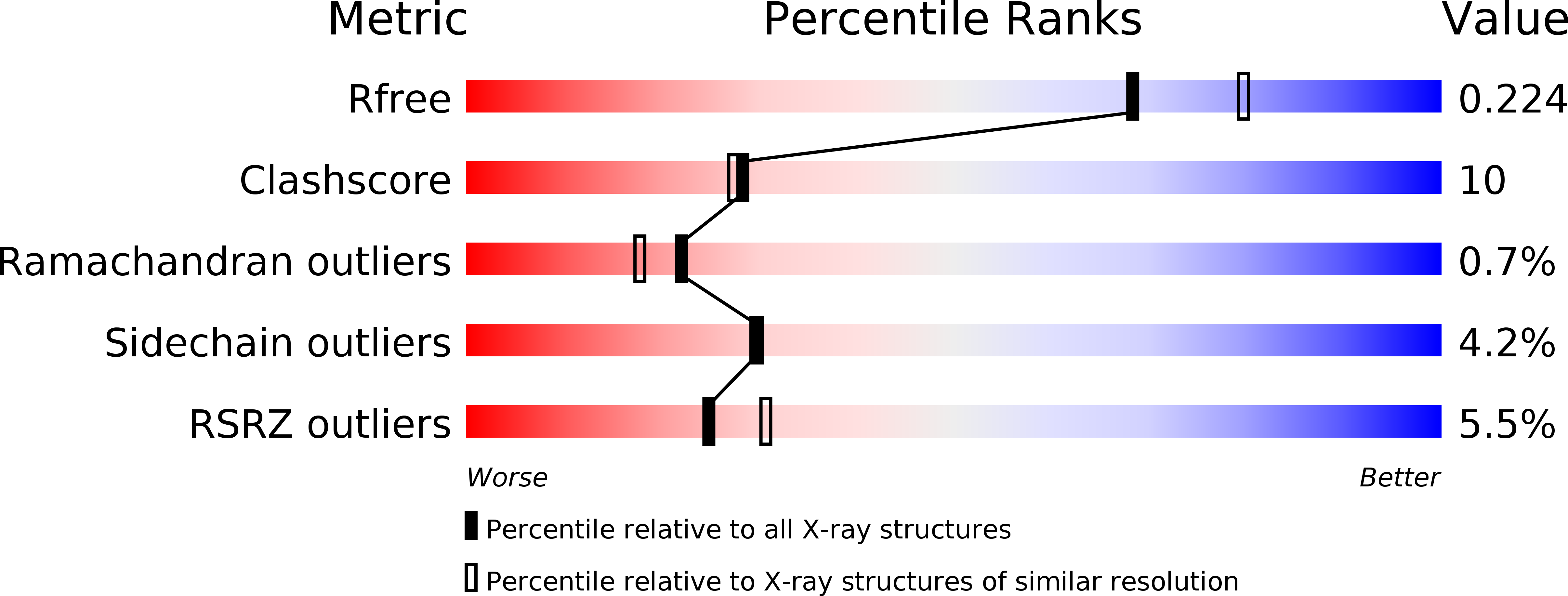
Deposition Date
2005-09-05
Release Date
2005-12-06
Last Version Date
2023-08-23
Entry Detail
PDB ID:
2AXN
Keywords:
Title:
Crystal structure of the human inducible form 6-phosphofructo-2-kinase/fructose-2,6-bisphosphatase
Biological Source:
Source Organism:
Homo sapiens (Taxon ID: 9606)
Host Organism:
Method Details:
Experimental Method:
Resolution:
2.10 Å
R-Value Free:
0.23
R-Value Work:
0.20
R-Value Observed:
0.20
Space Group:
P 65 2 2


